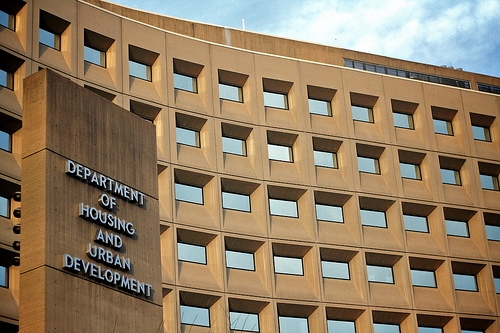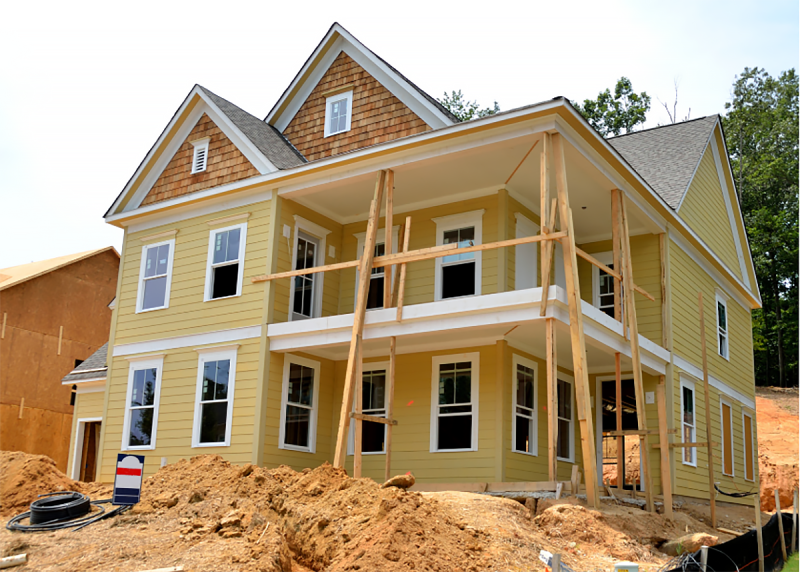
FHA Adds 40-Year Loan Modification To Loss Mitigation Options

Joins GSEs, NCUA, & USDA in offering the option.
- FHA first proposed the 40-year loan modification on April 1.
- The new option is intended to help borrowers who can’t achieve a minimum targeted 25% reduction in the principal and interest (P&I) portion of their mortgage payment through FHA’s existing 30-year mortgage modification.
Just over two weeks after proposing the idea, the Federal Housing Administration (FHA) said this week it is allowing mortgage servicers to offer 40-year mortgage modifications to help more borrowers who are behind on their mortgage payments.
The new option is intended to help borrowers who can’t achieve a minimum targeted 25% reduction in the principal and interest (P&I) portion of their mortgage payment through FHA’s existing 30-year mortgage modification with a partial claim, the FHA said in a news release.
“Over the last year we have made substantive changes to our COVID-19 recovery options that are showing strong results in helping homeowners with FHA-insured mortgages recover from the devastating financial effects of the pandemic,” said Lopa P. Kolluri, principal deputy assistant secretary for Housing and the FHA. “Adding a 40-year modification with partial claim to our toolkit for servicers … reaffirms our long-term commitment to continue helping as many struggling homeowners as we can to keep their homes.”
The 40-year modification with partial claim is now included as a component of FHA’s COVID-19 Recovery Modification, the agency said. FHA first proposed on April 1 to add the 40-year modification as an option, saying it is consistent with 40-year modification options provided by other mortgage industry organizations.
Both Fannie Mae and Freddie Mac allow for 40-year mortgage modifications, as does the National Credit Union Association. A federal credit union also may set the maturity date for modified or refinanced mortgages beyond the regulatory 40-year maturity limit, as long as the terms of the original loan were no more than 40 years. The U.S. Department of Agriculture also allows loan modifications up to 40 years when certain conditions are met above the requirements for a 30-year loan modification.
The FHA has said that, “by allowing 40-year loan modifications, HUD would align with the GSEs, NCUA, and USDA, and ensure that FHA borrowers receive comparable opportunities for home retention.”
The 40-year modification with partial claim is to be used by mortgage servicers for borrowers where FHA’s other recovery options are unable to achieve the minimum targeted 25% reduction, FHA said.
Mortgage servicers can offer the new 40-year modification with partial claim option immediately, FHA said, but must begin offering the option to eligible borrowers with FHA-insured Title II forward mortgages, except those funded through Mortgage Revenue Bonds under certain circumstances, within 90 calendar days.
The Proposed Rule
On April 1, FHA published a proposed rule in the Federal Register to solicit public comment on its proposal to allow servicers to provide a standalone 40-year loan modification option. The public comment period closes May 31. When finalized, the rule would give FHA the ability to add a permanent 40-year term to its loss-mitigation options.
As of Feb. 28, the FHA reported the following regarding its efforts to help single-family homeowners in financial distress retain their homes:
- FHA’s seriously delinquent rate has significantly decreased from a high of 11.9% or 942,000 mortgages at the end of November 2020, to 6.48% or 474,000 mortgages as of February 2022, due in large part to the effectiveness of FHA’s loss-mitigation home retention options.
- Since January 2021 alone, more than 1.1 million borrowers have exited forbearance.
- From January 2021 through February 2022, FHA servicers have completed more than 1 million COVID-19 loss mitigation or other FHA loss mitigation home retention actions.
FHA said its COVID-19 Recovery options for use by mortgage servicers include the COVID-19 Advance Loan Modification (ALM). Available to owner-occupant and non-occupant borrowers, the COVID-19 ALM is a permanent change in one or more terms of a borrower’s mortgage that achieves a minimum 25% reduction to the borrower’s monthly P&I payment and does not require borrower contact.
Mortgage servicers will proactively mail the modified mortgage documents to borrowers who can achieve the required payment reduction. If the borrower chooses to accept the COVID-19 ALM, they need only to sign and return the mortgage modification documents sent to them by their servicer.
Information on FHA’s COVID-19 Loss Mitigation Home Retention “waterfall” of options for servicers to use with eligible owner-occupant borrowers with FHA-insured Title II forward mortgages, including the 40-year modification option, is available here.
The Consumer Financial Protection Bureau has not responeded to a request for comment on the 40-year loan modification option.



